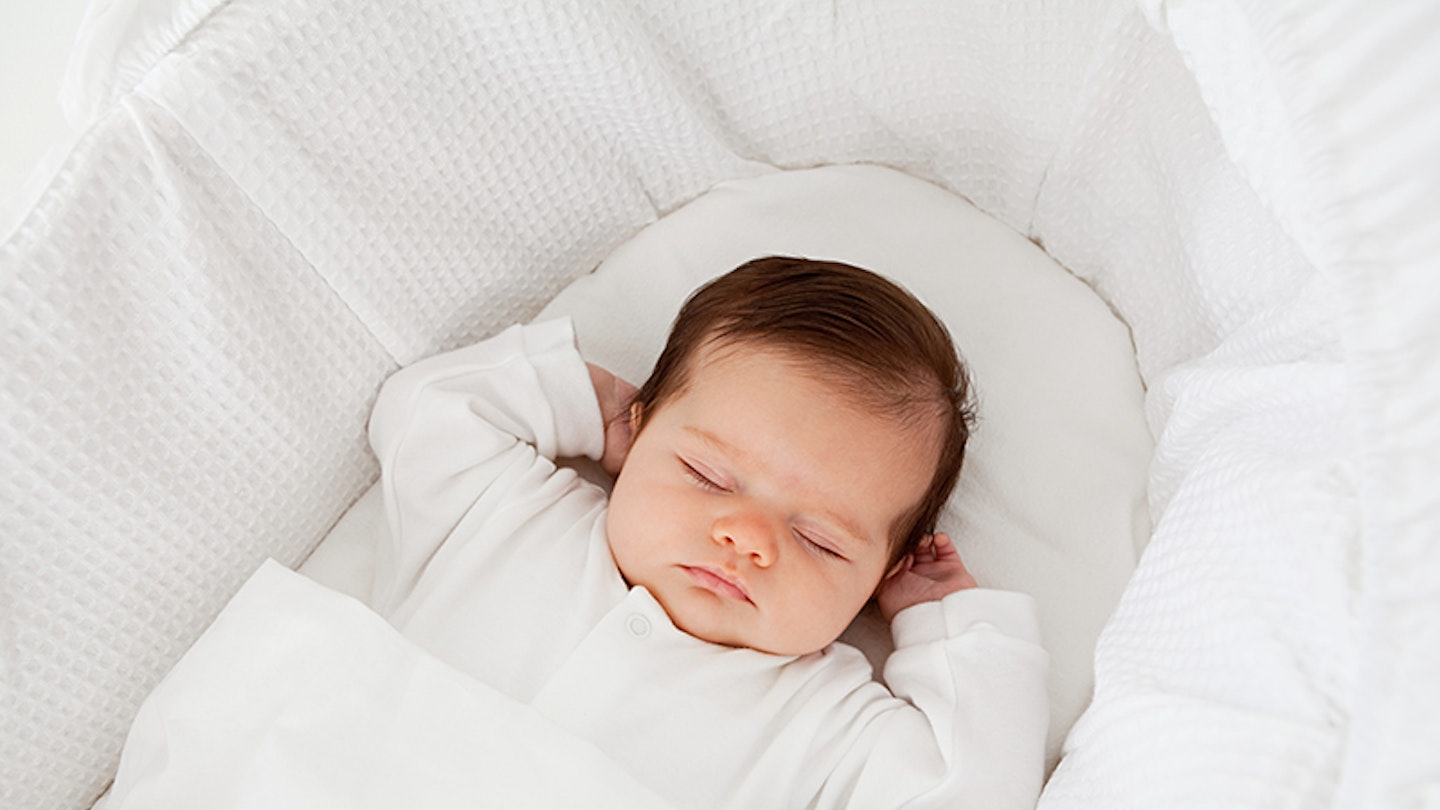As a new parent you'll very quickly find that your life rotates around one important aspect of your baby's routine - their sleep, which means you'll also be thinking about cots and cribs. So, we're going to take a look at a question asked by many parents - what should baby sleep in?
From cots to moses baskets, side-sleepers to co-sleeping - the options are seemingly endless, with pros and cons for each. However, with so much choice you're sure to find a solution that works best for your baby, and for you.
Where should my baby sleep at night?
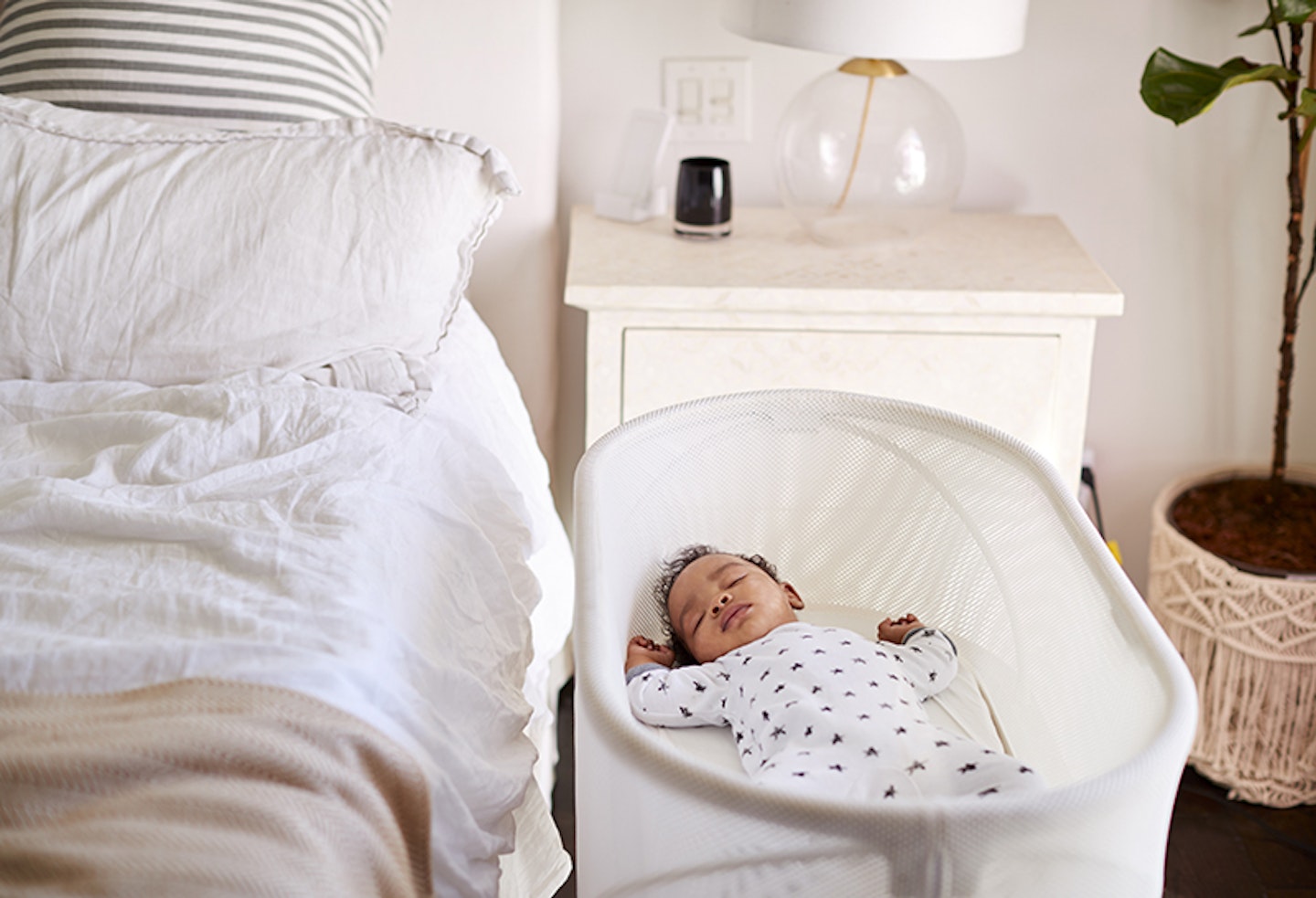
According to the National Childbirth Trust and the NHS you should put your baby to sleep in the same room as you in a separate cot or Moses basket until they are six months old. This arrangement has the lowest chance of Sudden Infant Death Syndrome (SIDS). Some parents may decide they'd prefer to use a side-sleeper with their newborn or want to try co-sleeping.
Any surface your baby sleeps on should be flat, firm and waterproof. Sleeping a baby on a soft surface can increase the risk of SIDS as they make it harder for babies to lose body heat and maintain a safe temperature.
Here we've listed all the options for where baby can sleep, plus the advantages and disadvantages of each:
Your bed
To co-sleep or not to co-sleep is a very personal choice. Thousands of parents co-sleep in the UK and do it safely. Even parents who decide not to co-sleep may find it sometimes happens accidentally, dozing off after a feed for example. In fact half of babies in the UK will have slept in their parent's bed by the time they're three months old.
Pros: the closeness and security can help babies to sleep better and it can be very helpful if you’re breastfeeding.
Cons: Safety hazards - adult bedding accidentally covering the baby, higher risk of SIDS.
A bedside cot or side-sleeper
Another way to practice co-sleeping but without the potential hazards of having baby in your bed with you, is by using a bedside crib. One note with using these is to be sure to position it somewhere in the room that won't be too awkward, and make sure you can still get in and out of bed and around the room without too much of a palaver.
Pros: It's a great way to enjoy the closeness, safety, and convenience of co-sleeping during those first few months with your newborn.
Cons: Because it is smaller than a crib, your baby will outgrow it faster than a crib. However, as most babies will move on to their own crib in a nursery after the six month stage this doesn't necessarily matter. If it has no wheels, it is hard to move from room to room.
Check out our guide to the best bedside cribs for co-sleeping here.
A Moses basket
If you haven’t got space in your bedroom for a cot or bedside crib, a cosy Moses basket makes a great first bed. Some come with stands, or stands that can be bought seperately, others are designed to be used as they are (no assembly required).
Pros: Easy to manoeuvre, so you can bring it downstairs for baby to nap in while you clean the kitchen, or easily take it to a family member or friend's house for a sleepover. It can even be stored elsewhere when not in use.
Cons: As with the co-sleeper a moses basket will be quickly. It can also be tricky to find bedding that fits properly.
A cot
If you have space in your bedroom, you may decide for your baby to sleep in a cot from day one, as it means not having to make the transition from bedside crib to a cot later on.
Cots come in a wide range of different designs, and can vary enormously in price. If you choose a cot bed, factor in that you’re saving yourself the cost of a toddler bed, so expect to pay more than the price of a standard cot. A cot is also the centrepiece of your baby’s nursery – after all, this is where they're going to sleep (you hope!) until around three years old, so go for something that will last and that you like as well.
Pros: As we mentioned above, sleeping in a cot from the get-go removes the need for getting your baby used to a new place to sleep. It could also help to make the transition to move baby into their own room easier, as the cot will already be familiar to them as a safe place.
Cons: A tiny newborn might feel rather lost in the vastness of a cot, and may make it difficult for baby to settle at first.
These are some of our favourite statement cots, to help your baby sleep in style.
A travel cot
Travel cots, or pop up cots, are designed for transportation and convenience. They're lightweight, easy to carry and easy to assemble (once you have the know-how!)
Pros: As the name suggests, these cots are great for travel. So, if your baby tends to do overnight visits at the grandparents, or if you often go on holidays and staycations, they're an essential. Owning your own travel cot means you don't have to fret over whether the place you're visiting has a cot/travel cot - or worry about setting up an unfamiliar travel cot.
Cons: These cots are not designed for long term use, and they don't tend to be particularly durable, nor comfortable when not used for their intended purpose, i.e. travelling.
Where should baby sleep during the day?
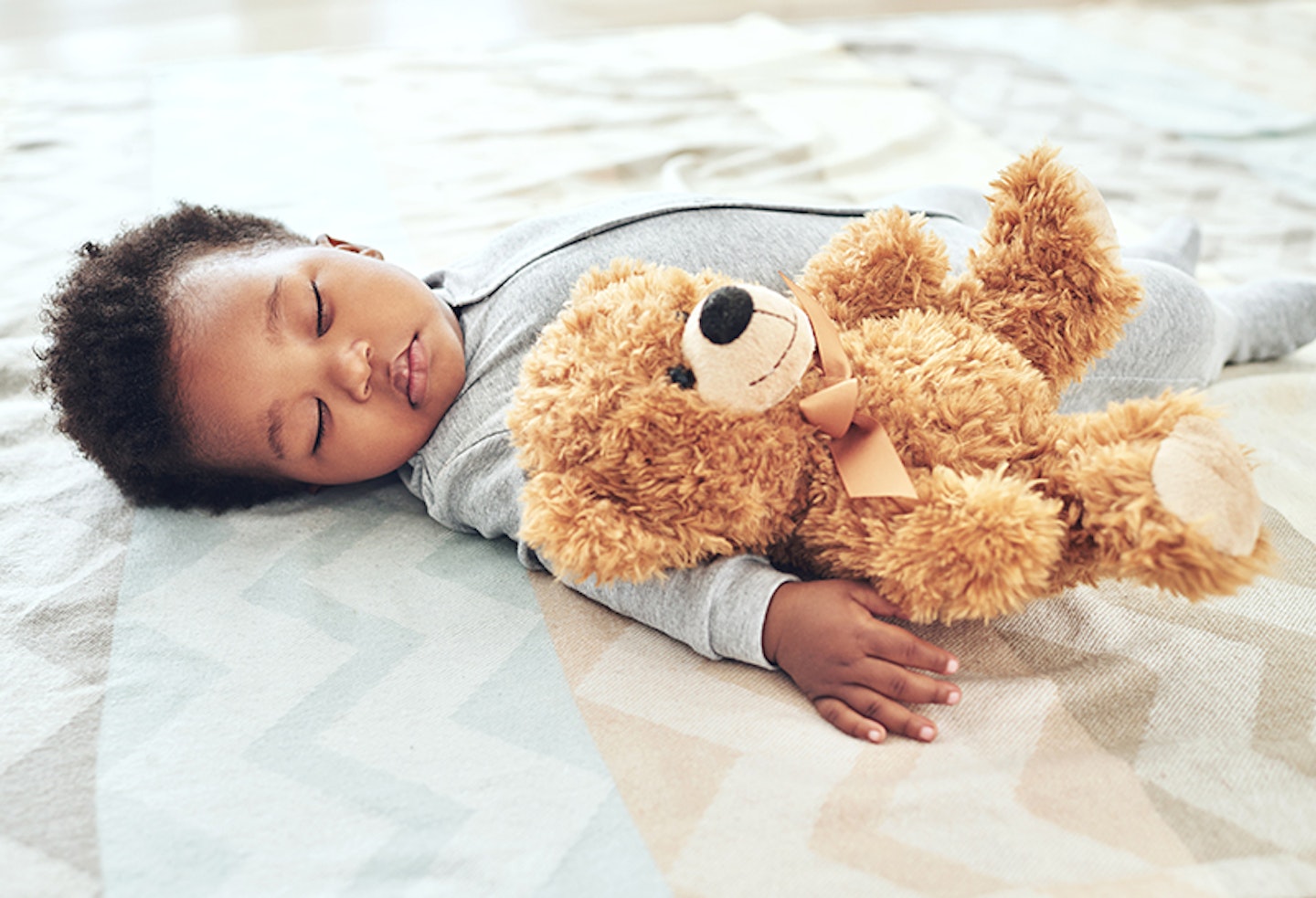
When it comes to baby's naptime, of course you can simply pop them wherever they normally sleep (ie cot or bedside crib) and keep an eye on them with a baby monitor. But there are other options if you'd rather keep baby near you, beyond the traditional Moses basket.
A sling
It's less common for parents in the UK to use a sling for their babies' daytime sleep but there are many reasons why this may be beneficial. While some babies settle better when they sleep in a cot alone, others find it difficult to settle if put down for sleep alone, so wearing a sling either for naptime or while baby falls asleep can be the solution.
Pros: It helps improve breast milk production, the closeness helps babies sleep and can also help reduce the risk of SIDS.
Cons: While you do have your hands free, having baby in a sling while they're napping can reduce the things you can get done in this moment. Some babies who settle to sleep in a sling or baby carrier may find it more difficult to settle on their own, but research around this is not conclusive.
Baby bean bags
For babies that can't get comfy in traditional bouncers and rockers, a baby bean bag could be the perfect solution. Baby bean bags are firmer than normal bean bags, with a flatter surface area so there is little risk of your child rolling over and struggling to breathe.
Pros: Multifunctional and stylish, baby bean bags are portable and also often have wipe clean surfaces.
Cons: While they are suitable for short, supervised naps during the day, they are not designed for sleeping in for long periods.
Is it safe for my baby to sleep in a baby pod or nest?
Pods or nestsare snug places for your toddler to rest and play during the day. Sleep pods or sleep nests are becoming a popular choice for babies instead of the traditional Moses basket, however, The Lullaby Trust doesn’t advise their use for baby sleep.
Pros: Multi-purpose - they're great for tummy time and as a lounging spot during the day.
Cons: There are no safety standards for pods or nests as a sleeping place for babies, which is why The Lullaby Trust do not endorse them. So, if you are going to use it as a nap time spot, always make sure your baby is supervised, place it on a firm, flat surface and do not use any bedding.
While we think baby pods make a great lounging product for your baby during the day, we do not recommend their use as a sleeping product.
Is it safe for my baby to sleep in a car seat?
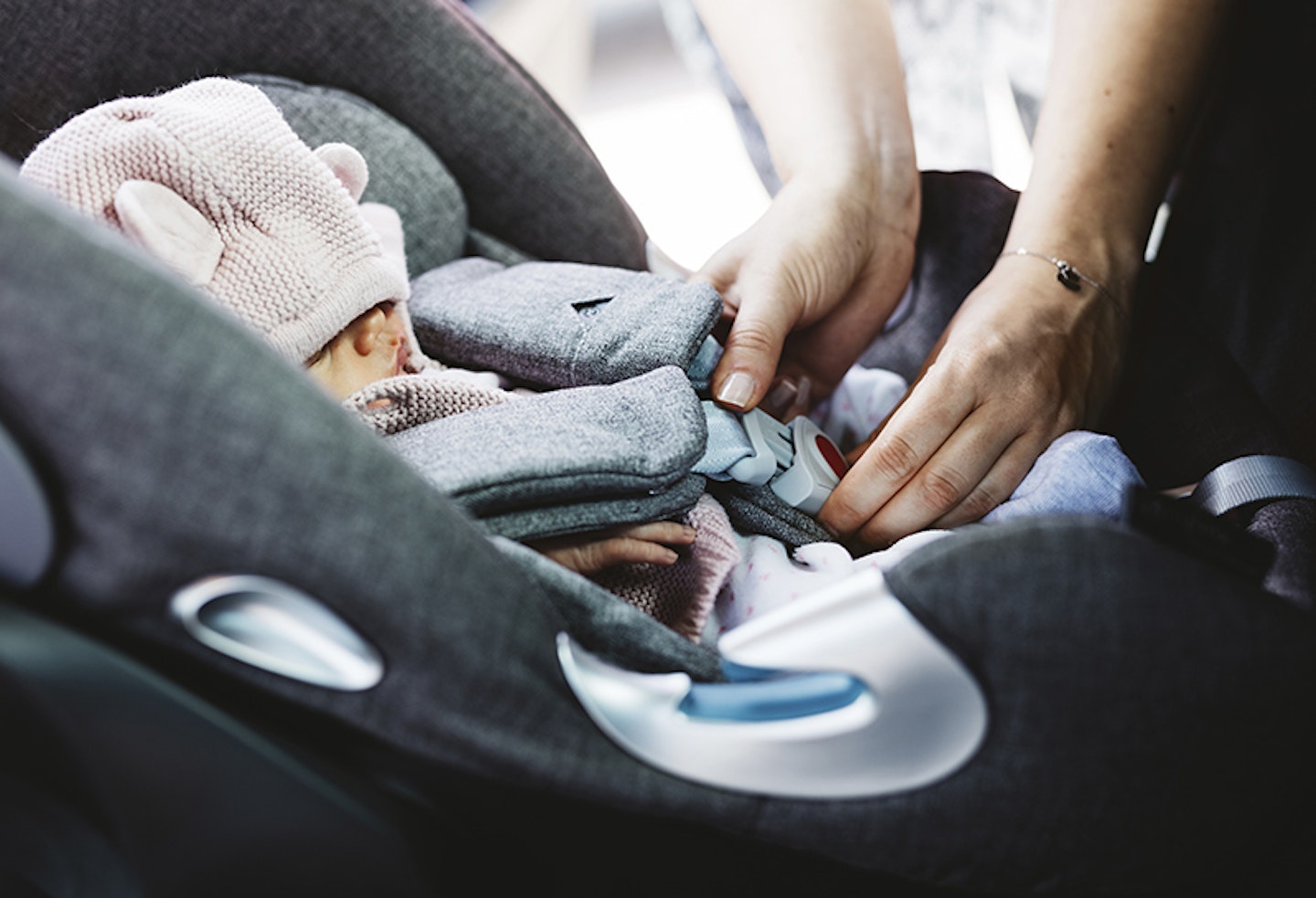
Many car seat manufacturers recommend that a baby should not be in a car seat for longer than 2 hours, within a 24 hour time period.
Young babies may be at risk of breathing difficulties if they travel while sitting in an upright position for too long.
Guidelines recommend frequent breaks on long journeys to get baby out of the seat, even if this involves waking the baby up. The same applies when bringing the baby into the home if they have fallen asleep in the car seat.
What should baby wear to sleep?
Young babies are unable to regulate their body temperature and they also release heat rapidly, that's why knowing what to dress them in to go to sleep is important. Check the room temperature first, that way you'll have a good idea of how to dress them. If it is cold, layers are the way to go - that way you can remove layers if baby starts to get too hot.
If you want to swaddle your baby, make sure you learn safe swaddling techniques.
Baby sleeping bagsare a great alternative to traditional duvets and blankets - and safer too. Be sure to check the tog rating before you buy - different togs are designed for different seasons and temperatures, like with duvets.
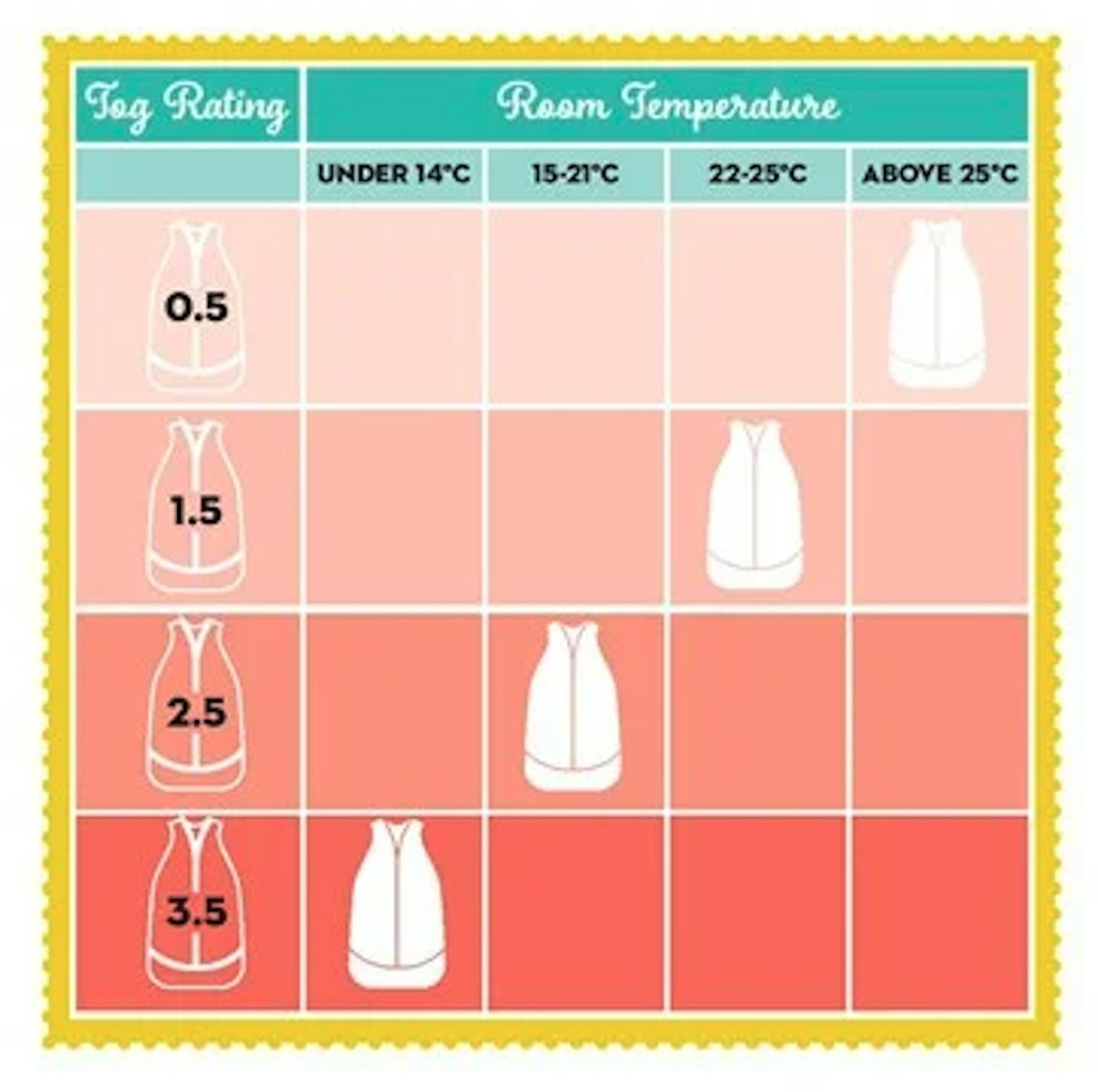
For more on what to dress your baby in for bed, read our full guide here.
Preventing SIDS
It’s important to remember that SIDS is rare, and we are a lot better informed about it than we used to be, but it is still worth being aware of how you can reduce the risk of SIDS, by:
-
Always placing your baby on their back to sleep
-
Ensuring your baby isn't too hot
-
Having your baby sleep in the same room as you for the first six months
-
Using a firm, flat, waterproof mattress
-
If co-sleeping, being aware of safe co-sleeping practices
-
Avoiding loose bedding, and removing toys, pillows and cot bumpers
-
Keeping your baby smoke free during pregnancy and after birth
-
Breastfeeding (if you can).
